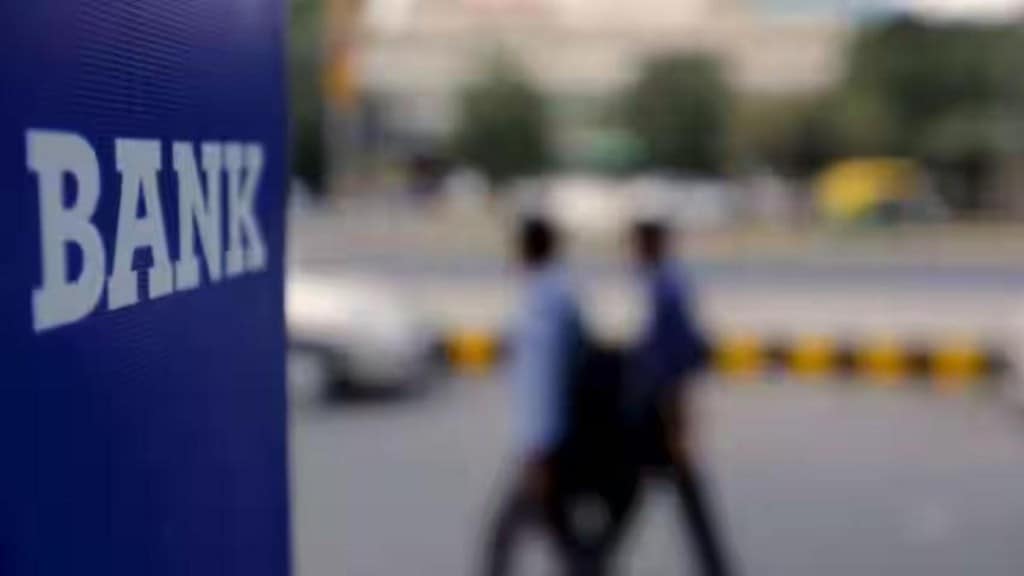Banks are expected to see moderate compression in the third quarter due to an increase in slippages from unsecured loans, such as credit cards and microfinance. Unlike previous quarters, where many lenders outpaced system-wide loan growth, credit growth for banks is projected to align with the industry average of around 12%. Experts suggest that, amid challenges in deposit mobilisation, subdued corporate credit growth, and ongoing asset quality stress in certain segments, banks may take a more cautious approach to credit expansion.
“Slippage and overdue loans are likely to rise sharply for MFI lenders. Unsecured loans, including credit cards, would also see higher slippage quarter-on-quarter (QoQ). But vehicle finance, housing finance, mid and large corporates and secured retail appear safe,” noted a report by Nuvama Institutional Equities.
MFI delinquencies will likely peak in the first half of FY25 while unsecured stress will also likely persist for the next few quarters which could lead to pressure on earnings, added the report.
Signs of stress in the banking system became evident in the second quarter, with several banks revealing plans to sell their retail NPAs to Asset Reconstruction Companies (ARCs). Last month, IndusInd Bank announced it would sell over Rs 1,500 crore worth of retail bad loans, including more than 1 million microfinance loan accounts, to ARCs. Similarly, Utkarsh Small Finance Bank revealed plans to offload unsecured microfinance loans worth Rs 355 crore. In November, Ujjivan Small Finance Bank sold a stressed loan portfolio valued at Rs 270 crore to an ARC.
According to bankers, delinquencies in microfinance loans have surged in Bihar, Tamil Nadu, Uttar Pradesh, and Odisha, which together account for nearly two-thirds of the incremental bad loans.
“Amidst concerns around asset quality in certain segments (majorly unsecured lending), weaker-than-expected macro data and constraints around Loan-to-Deposit Ratio (LDR) for certain banks, banks have been cautious towards chasing aggressive growth,” said Dnyanada Vaidya, research analyst, Axis Securities. “We expect banks under our coverage to deliver around 12% year-on-year credit growth in Q3FY25, in-line with industry growth,” she said.
The banks with higher exposure to the troubled unsecured segments could face pressure on NIMs owing to higher income de-recognition, she added.
Small Finance Banks (SFBs) in particular are likely to witness a steeper decline in NIMs which can be attributed to the changing portfolio mix towards lower-yielding secured products.
The struggle for deposits for banks is likely to persist for some time despite some improvement in deposit mobilisation. The gap between credit and deposit growth has converged, with systemic deposit growth at around 11.5% as per the latest RBI data. The LDR of the banking sector currently stands at 79.7% compared to 79.6% as of September last year.
The recent provisional deposit numbers have shown that the low-cost CASA deposit accretion continued to face challenges, with deposit growth being led by term deposits.
“Deposit competition remains aggressive as many banks are focusing on improving their CD ratios, while competition from PSU banks is also picking up. CASA accretion remains a challenge as depositors are locking in money at higher term deposit rates ahead of a potential reversal in the rate cycle,” said Nitin Aggarwal, research analyst, Motilal Oswal Financial Services. “Consequently, we estimate the funding cost to stay elevated, thus maintaining pressure on margins,” he said.
